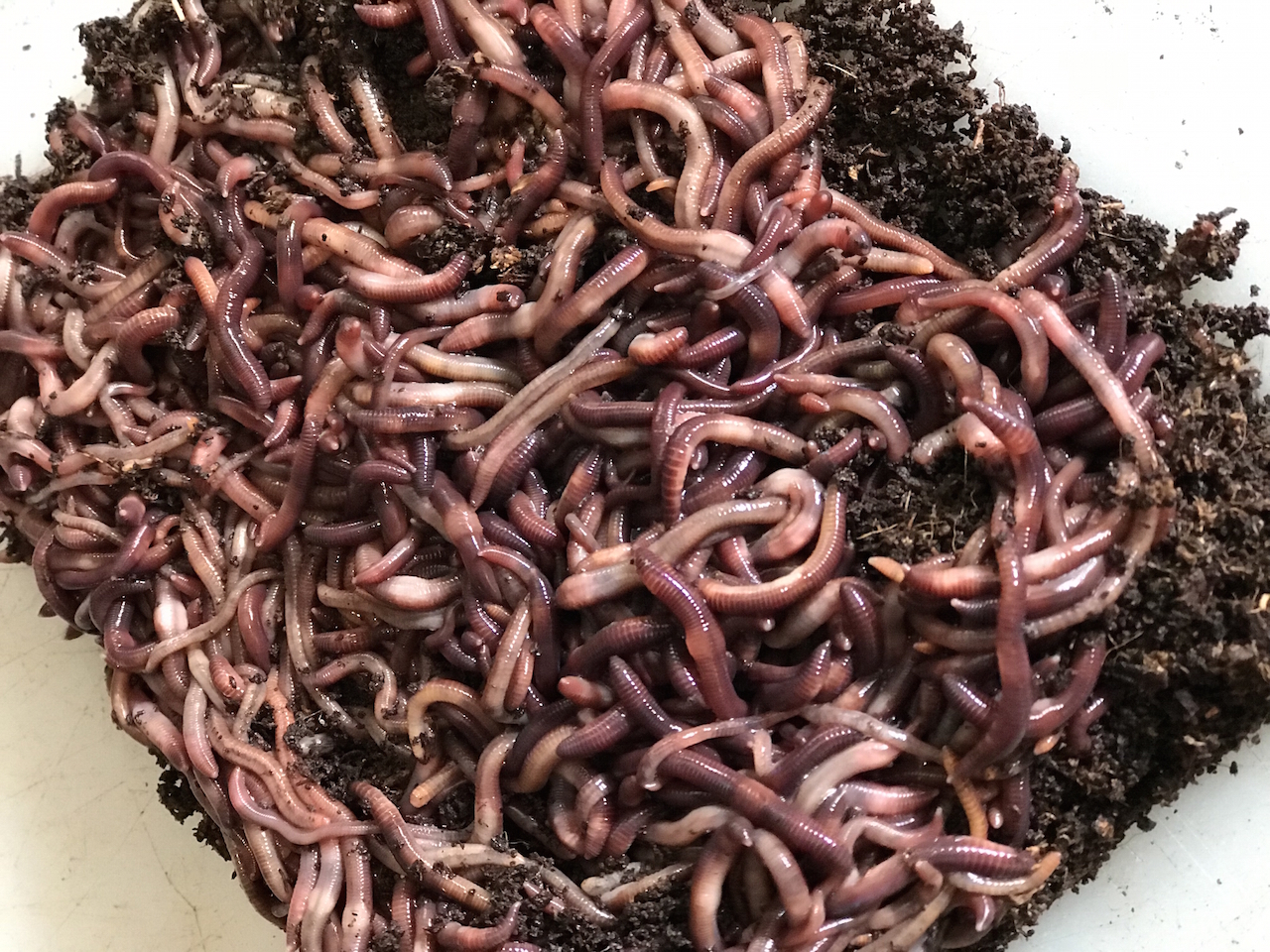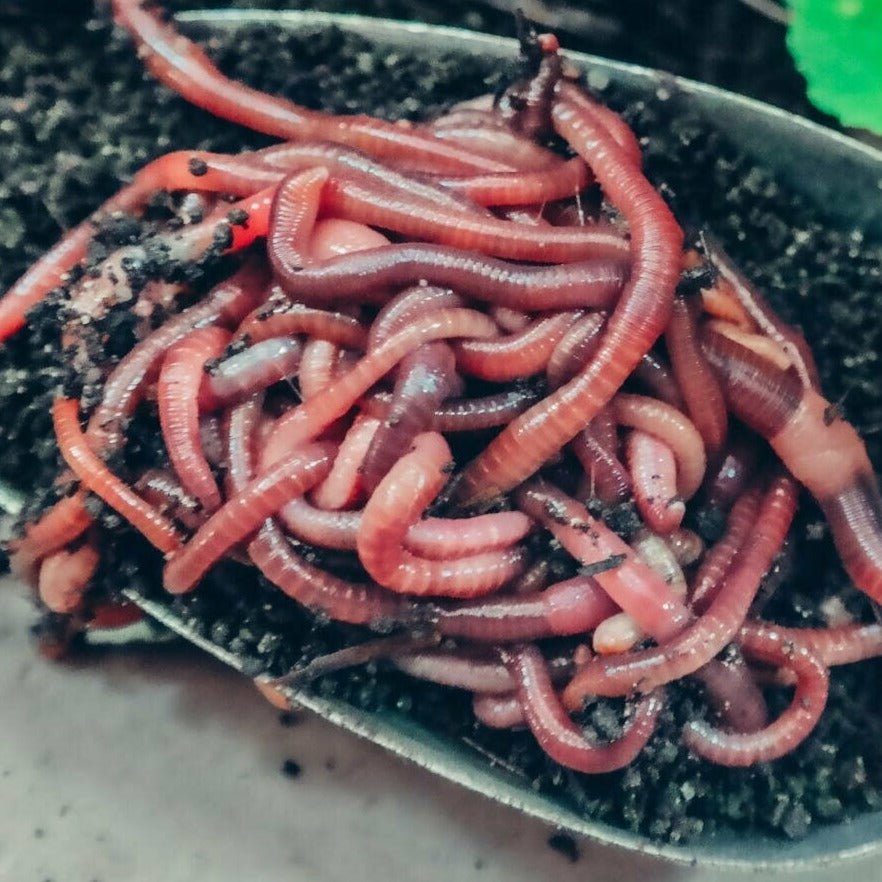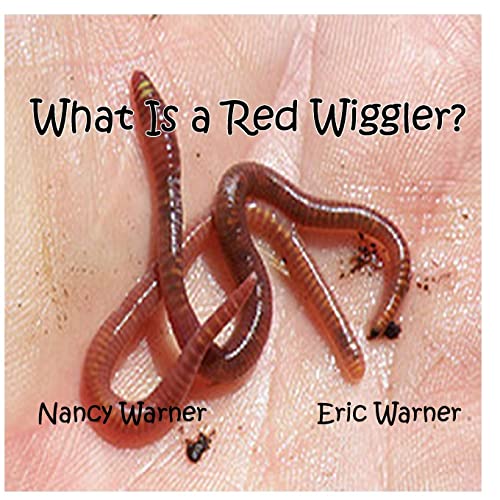Keep Your Lawn Green and Healthy with Expert Tips from Lake Hickory Bait
Keep Your Lawn Green and Healthy with Expert Tips from Lake Hickory Bait
Blog Article
Red Wigglers: The Unsung Heroes of Organic Waste Recycling
Red wigglers, or Eisenia fetida, serve as critical representatives in the organic waste reusing procedure, transforming thrown out materials into beneficial vermicompost. As the world increasingly looks for services to battle waste buildup and improve farming efficiency, understanding the duty of these worms becomes essential.
What Are Red Wigglers?
The impressive durability of red wigglers, medically referred to as Eisenia fetida, underscores their vital role in natural waste recycling. These small, reddish-brown earthworms are commonly discovered in decaying organic issue, such as compost heap and manure heaps. Lake Hickory Bait. Unlike various other earthworm species, red wigglers prosper in nutrient-rich environments and are extremely reliable at breaking down natural products, making them important for vermicomposting

(Red Wiggler Express)In enhancement to their role in waste reduction, red wigglers add to soil health and wellness by enhancing soil structure and oygenation via their delving tasks (Lake Hickory Bait). Their presence in composting systems not only enhances decomposition rates however likewise promotes a sustainable method to lose monitoring, highlighting their relevance in ecological conservation initiatives
Advantages of Composting With Worms
Composting with worms, specifically red wigglers, supplies countless benefits that boost both waste monitoring and dirt wellness. Initially, these worms effectively break down organic waste, converting it right into nutrient-rich vermicompost that improves dirt. This process accelerates decomposition, permitting a much faster recycling of cooking area scraps and other natural materials compared to conventional composting techniques.
Additionally, the vermicompost produced by red wigglers is teeming with beneficial microbes, which aid enhance soil framework, oygenation, and wetness retention. This enhances the total wellness of plants, promoting vigorous development and boosted yields in yards and farming settings. In addition, making use of worms in composting reduces the production of greenhouse gases, such as methane, adding to a much more sustainable waste monitoring system.

Exactly How to Begin Vermicomposting
Developing a vermicomposting system is an uncomplicated process that can produce considerable advantages for both waste monitoring and dirt enrichment. To start, select a suitable container, such as a plastic bin or wooden box, with sufficient air flow openings to make sure correct air movement. The measurements need to preferably be about 2 feet by 3 feet, permitting adequate room for the worms to grow.
Following, prepare bed linens product, which can include shredded paper, cardboard, or coconut coir. This bed linens needs to be dampened to produce an appropriate habitat for the worms. When the bed linens remains in location, introduce red wigglers (Eisenia fetida) into the bin, generally around one pound of worms for every square foot of surface.
Complying with the placement of worms, include natural waste, such as fruit and vegetable scraps, coffee premises, and crushed eggshells. With these steps, you will properly launch a vermicomposting system that adds to sustainable waste management and enriches your dirt.
Maintaining a Healthy Worm Bin
(Red Wiggler Express)Keeping a worm bin thriving requires regular attention and like make certain the health and wellness of the red wigglers and the efficiency of the composting process. Correct maintenance starts with keeping track of the wetness degrees; the bin must perspire but not saturated. A great general rule is to maintain an uniformity comparable to a wrung-out sponge.
Delicately mixing the bed linen and food scraps every couple of weeks stops compaction and makes sure that all worms have accessibility to oxygen. Additionally, it is crucial to feed the worms properly.
If the bin becomes as well hot or cool, the worms may end up being worried. By vigilantly taking care of these elements, one can preserve a durable advice and efficient worm container.
Effect On Lasting Living
The successful maintenance of a worm container not only benefits the health and wellness of red wigglers yet likewise adds dramatically to sustainable living practices. By recycling natural waste, such as kitchen scraps and yard particles, red wigglers aid draw away substantial quantities of material from garbage dumps. This decrease in waste not just reduces greenhouse gas discharges yet likewise lessens the environmental worry connected with waste administration.
In addition, the castings produced by red wigglers function as a nutrient-rich organic plant food, improving dirt wellness and advertising plant development. This all-natural alternative to chemical plant foods sustains lasting agriculture and horticulture techniques, lowering dependence on synthetic inputs that can hurt ecological communities. Furthermore, worm composting fosters awareness of waste management, motivating individuals and areas to take on even more sustainable routines.

Conclusion
In recap, red wigglers serve as crucial contributors to organic waste reusing with their effective decay of organic materials. By incorporating vermicomposting into waste administration approaches, people and areas can substantially reduce waste while promoting ecological sustainability.
Report this page